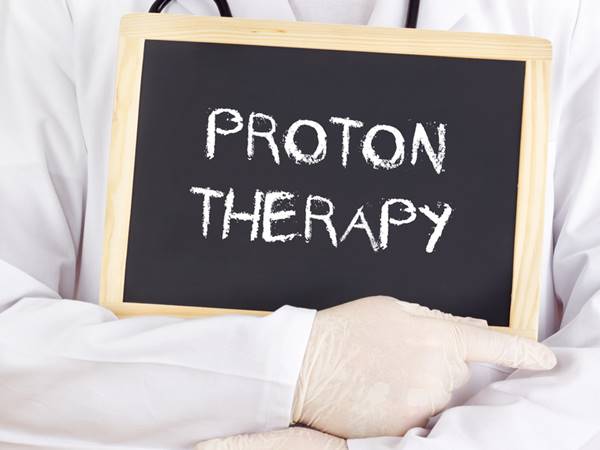
With one in eight women diagnosed with breast cancer in her lifetime, this disease is the most common cancer in American women. In fact, the National Breast Cancer Foundation predicts that more than 246,600 women and 2,600 men will be diagnosed with breast cancer in 2017. And this disease will ultimately claim the lives of 40,000 women.

With statistics like these, researchers are working to develop more effective treatments to fight breast cancer. At this time, the most common breast cancer treatments include radiation, chemotherapy, hormone therapy, targeted therapy, and other forms of radiation treatment. Doctor’s will choose the treatment that is best for individual patients.
But what happens when breast cancer treatments hold too much risk?
This is situation is especially common among women with left-sided breast cancer, since the tumor is located close to the heart and lungs. For women with this type of cancer, traditional radiation treatments may be too risky. Studies have found that women who received breast cancer radiation treatment have a 0.5-3.5% higher risk for heart attack or other cardiovascular complications, and these effects usually show up five years after treatment.
This is why proton therapy is often a better option for women with left-sided breast cancer.
Proton Therapy Can Help Prevent Cardiovascular Damage
Proton therapy, like other forms of radiation, uses high-energy beams to target tumors in the body. What sets this type of radiation apart is that it targets the area much more precisely — the proton’s energy is aimed directly into the tumor site. This minimizes the amount of energy that affects the heart, lungs, bone, and other healthy parts of the body.
The duration of this therapy depends on the location and severity of the cancer. On average, oncologists will prescribe proton therapy from one day to eight weeks. Since it was first invented 50 years ago, scientists have been fine tuning this technology to be as effective as possible, and today there are proton treatment centers all over the country.
Ideally, this enhanced targeting of the tumor comes with minimal side effects for patients. According to The National Association of Proton Therapy, the treatment is non-invasive and painless. It also can be used with other treatments and drugs, depending on the patient’s needs.
How Effective Is Proton Therapy For Treating Cancer?
While we know that proton therapy can help those with left-sided breast cancer avoid the potentially dangerous side effects of traditional radiation, researchers have also found that the treatment is effective in fully eliminating the cancer.
A 2014 study at Loma Linda University in California involved 100 patients who underwent proton therapy. These patients were monitored for five years after treatment, and the researchers found that the in-breast recurrence-free survival rate was as high as 97%. And these results came with minimal damage to the surrounding healthy organs.
The researchers also found that proton therapy reduced the average breast cancer treatment time from seven weeks to just two weeks. Participating patients also reported being satisfied with the outer appearance of the breast.
Proton Therapy Going Forward: A Healthy Life Post-Treatment
As breast cancer patients have access to better treatment choices, they can work with their doctors to select the best possible methods for them. Advancements in these treatments have allowed 2.8 million breast cancer survivors to live with more vitality.
For left-sided breast cancer survivors who underwent proton therapy, they can leave their cancer behind knowing that they have minimal damage to their healthy organs. With the proven success of this treatment, there are 25 proton therapy centers open in the United States, with about 19 more in development. There are also 72 centers open internationally.
As this treatment grows in popularity, more patients will have access to this safe, viable type of radiation treatment. With the growth of proton therapy, and other revolutionary methods that we have not even heard of yet, we will hopefully experience a future full of strong, healthy breast cancer survivors.
Larisa Brass, MPH
Larisa Brass is a career journalist, freelance writer and 2014 graduate of Loma Linda University with a Master’s in Public Health. A devoted mother, she has worked as a volunteer in community health for many years. She is currently employed by Provision Healthcare in Knoxville, Tenn.

Leave a Reply